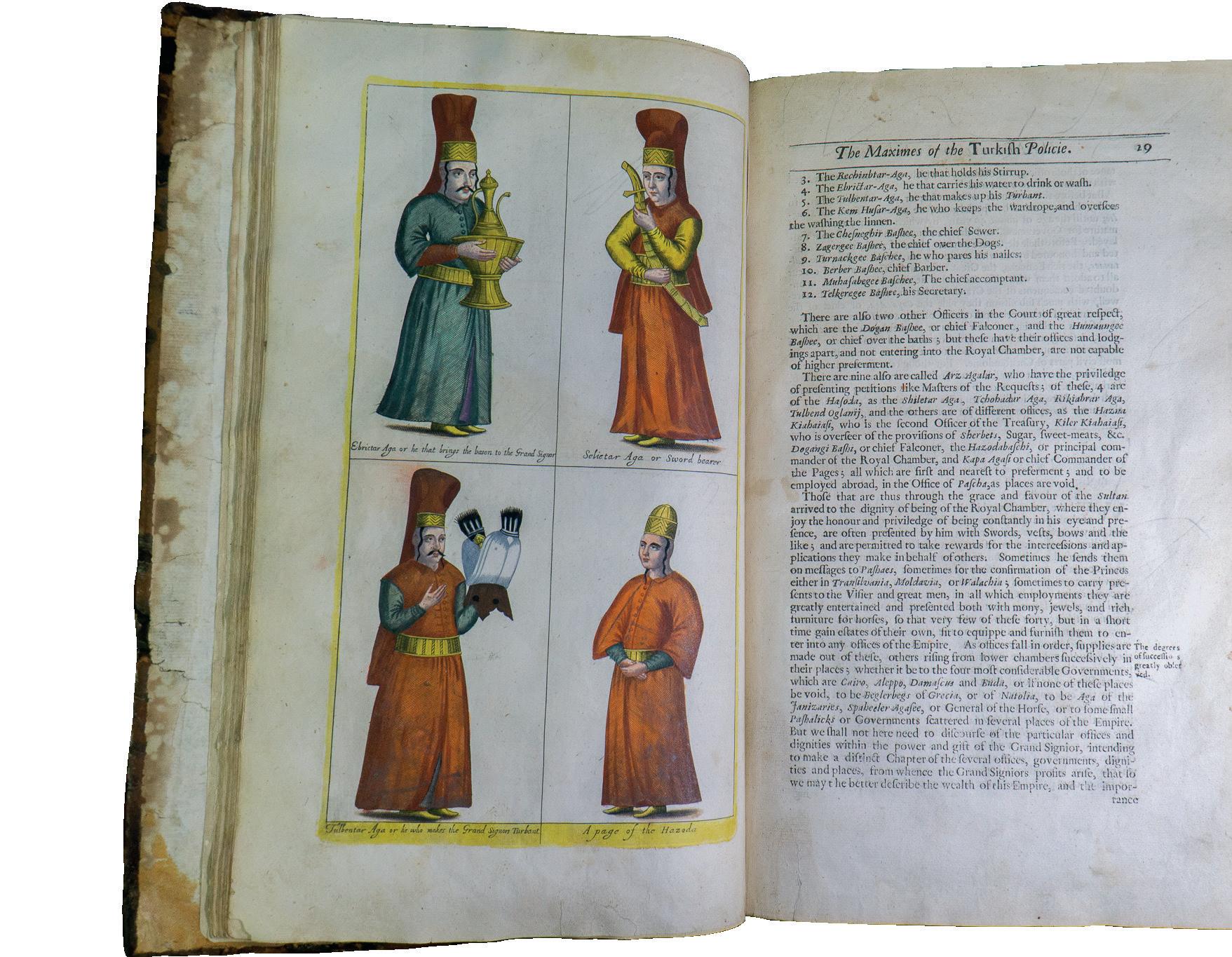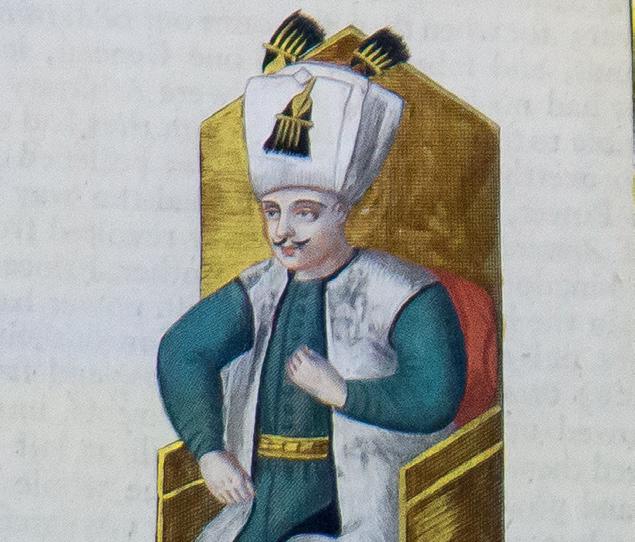
2 minute read
Library Spotlight: The Long, Long Life of Books
From Empires to Great Fires: The Long, Long Life of Books
As it changes hands over the decades and centuries, its different owners become part of the long life of the book. In gifting volumes to our care and stewardship, Somervillians ensure that their tale will go on for years to come as an academic resource. This is perfectly encapsulated by a recent legacy gift of a rare and historically significant book from alumna Sonia Anderson. Only 6 of the surviving first editions have painted plates as in this copy
Advertisement
Sonia Anderson was a scholar of near eastern and diplomatic history whose talent was well recognised during her time at Oxford. Entering Somerville in 1962, she stayed after her undergraduate degree for a B.Litt. Her research centred on Sir Paul Rycault, the 17th century author, diplomat to the Ottoman empire and Consul of Smyrna (now Iznik), whose modern claim to fame is rather wonderfully based on being credited with introducing duvets to the UK. On her death, Sonia generously bequeathed approximately 100 books relating to or by Rycault to our library, including a rare first edition of The Present State of the Ottoman Empire. The book is a long and detailed survey of the government and politics, religion, and military of the Ottoman empire written by the consul during his time in Turkey. It was a best-seller in its own time, and was also translated into French, Dutch, Polish, German, Italian and Russian.
Although the book is dated 1667, it was actually printed in the year before, just prior to the Great Fire of London – this was quite the stroke of bad luck: most copies went up in flames. By Samuel Pepys’ reckoning, only 6 of the surviving first editions have plates which have been painted in, as in Sonia’s copy. The key to its popularity might have been these very engravings. There are drawings of turban makers, sword bearers, gardeners, confectioners and dervishes which capture the imagination. This makes The Present State of the Ottoman Empire a precious academic resource. It is both a record of 17th century Ottoman Turkey, and, perhaps more importantly, a window into a growing European fascination with its culture. We are honoured that Sonia chose us to be its custodian – adding another chapter to its long life.











